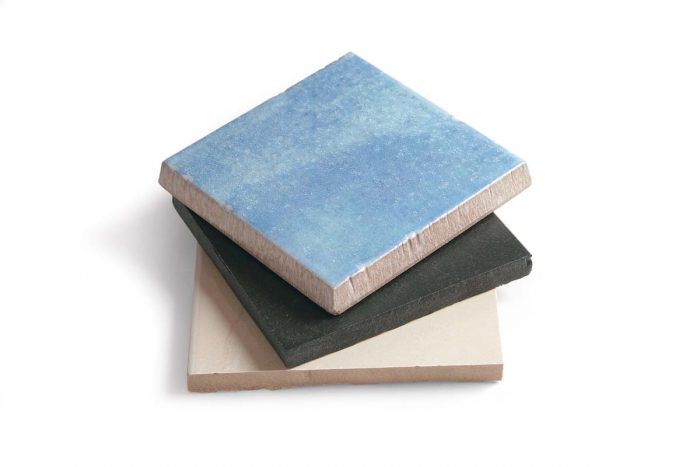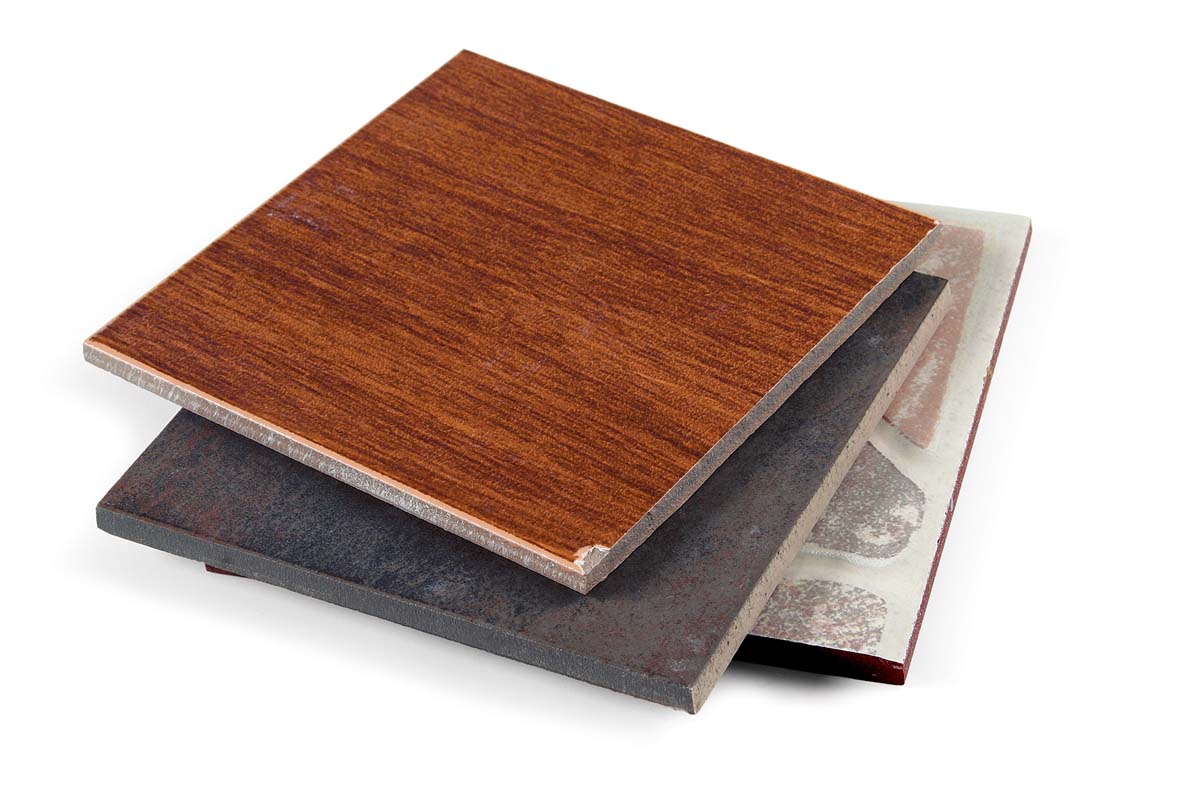Porcelain vs. Nonporcelain Tile: What’s the Difference?
These ceramic tiles might look the same, but their durability differs.

All tiles made of clay and cured by heat are ceramic tiles. However, ceramic tile is best understood by dividing it into two product classifications: porcelain and nonporcelain. Their availability and look are roughly the same, but their durability is not.
Thanks to a balance in the market, porcelain tiles can now be had at nearly the same price as nonporcelain products.
Porcelain tile is more durable
The top choice when strength matters most. Although nonporcelain tiles can be quite durable, none are as resilient as porcelain.
Porcelain tiles are created by mixing porcelain clay and very finely ground sand, and curing them with high heat and pressure. Porcelain tile is denser and harder than nonporcelain tile and has a lower water-absorption rate of 0.5% or less. Porcelain’s density makes it highly resistant to physical damage, while its low absorption rate makes the tile frost resistant, allowing it to be used outdoors. Unglazed porcelain tile is sought after for its full-body characteristics, which means its color remains consistent throughout the tile. Surface scratches and damage are less noticeable as a result, a benefit that diminishes when the tiles are glazed. Also, when some porcelain tiles are glazed, they are no longer guaranteed to be frostproof.
Nonporcelain tile is easier to work with
Buy what looks good. Even though damage to nonporcelain tiles is more noticeable than with some porcelain tile, they can be purchased in grades that are perfectly suited for high-contact areas like kitchen counters and floors.
Nonporcelain tiles are made primarily of clay mixed with minerals and water. The material is then fired to solidify the tiles into a bisque form. This process creates tile that isn’t as hard as porcelain, so it can be worked more easily with basic snap cutters and nippers instead of a wet saw.
In most cases, a sealer and a glaze are applied to the surface of nonporcelain tile to create color and texture before the tile receives a second firing. The glaze applied to nonporcelain tile can make it extremely durable, but never as durable as porcelain.
Nonporcelain tile’s main weakness is that it has a water-absorption rate of greater than 0.5%. As a result, the tile doesn’t perform nearly as well as unglazed porcelain tile in outdoor freeze/thaw environments.
Photos by: Krysta S. Doerfler






